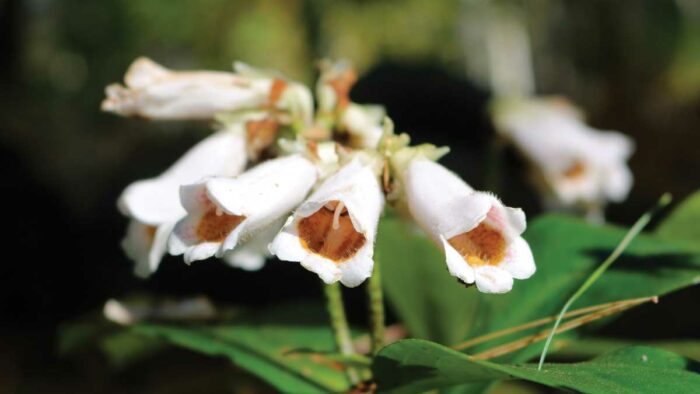
In Andy Brand’s article Unusual Fall Perennials, he discusses some out-of-the-box plant picks for this spectacular time in the garden:
“As we reluctantly accept the inevitable and begin preparing our gardens for winter, we can ease the transition by planting selections that provide color and excitement at this time of year. While many gardeners have traditionally turned to mums (Chrysanthemum spp. and cvs., Zones 5–9), goldenrods (Solidago spp. and cvs., Zones 3–9), and sedums (Hylotelephium spp. and cvs., Zones 3–9) to extend the gardening season, many also long for something different.”
Below, you’ll find fantastic perennials that are excellent, but have remained uncommon in fall gardens in the Northeast. Looking for even more unexpected fall standouts? Make sure to check out Andy’s article.
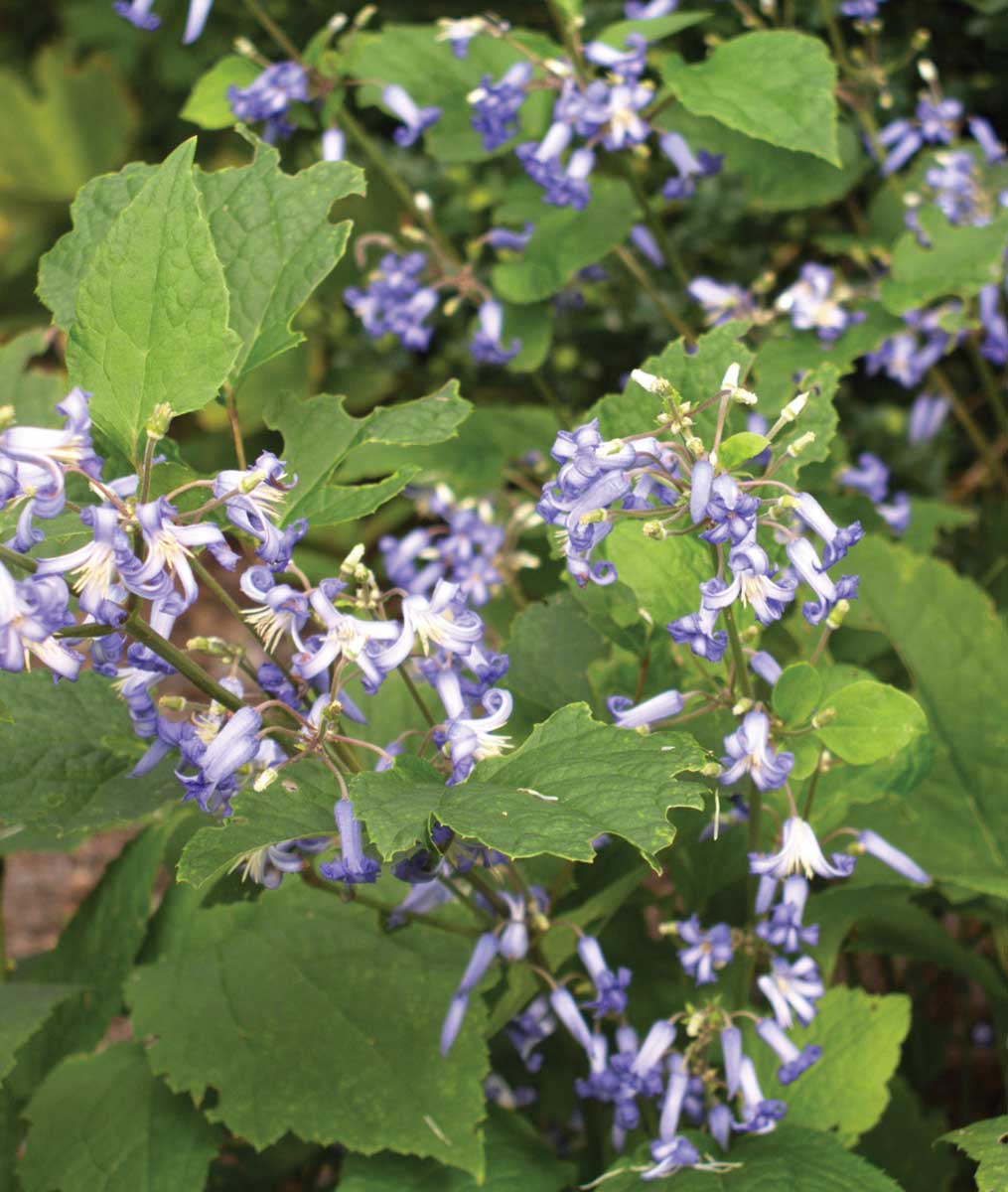
1. Tube Clematis
Name: Clematis heracleifolia var. davidiana
Zones: 4–9
Size: 3 feet tall and 4 feet wide
Conditions: Full sun to partial shade; average soil
Native Range: Northern China, Korea
This nonvining clematis is easy to grow and brings a unique presence and delicious fragrance to the late summer–early fall garden. The lovely 1-inch lilac flowers are tubular in shape and have strongly recurved petals. They occur in the leaf axils and tips of lax stems, which are up to 3 feet long. The blossoms are often likened to those of a hyacinth due to the shape and fragrance of the individual flowers. Use this scandent clematis to trail over a wall, weave through other perennials and shrubs, or form a large ground cover; it will spread by rhizomes and seed. The robust leaves are thrice divided (ternate), dark green, and coarsely toothed (and unperturbed by insects or disease). After the flowers fade, the characteristic fluffy clematis seed structures are interesting for several weeks. This plant can be cut back to 6 inches tall in spring or fall.
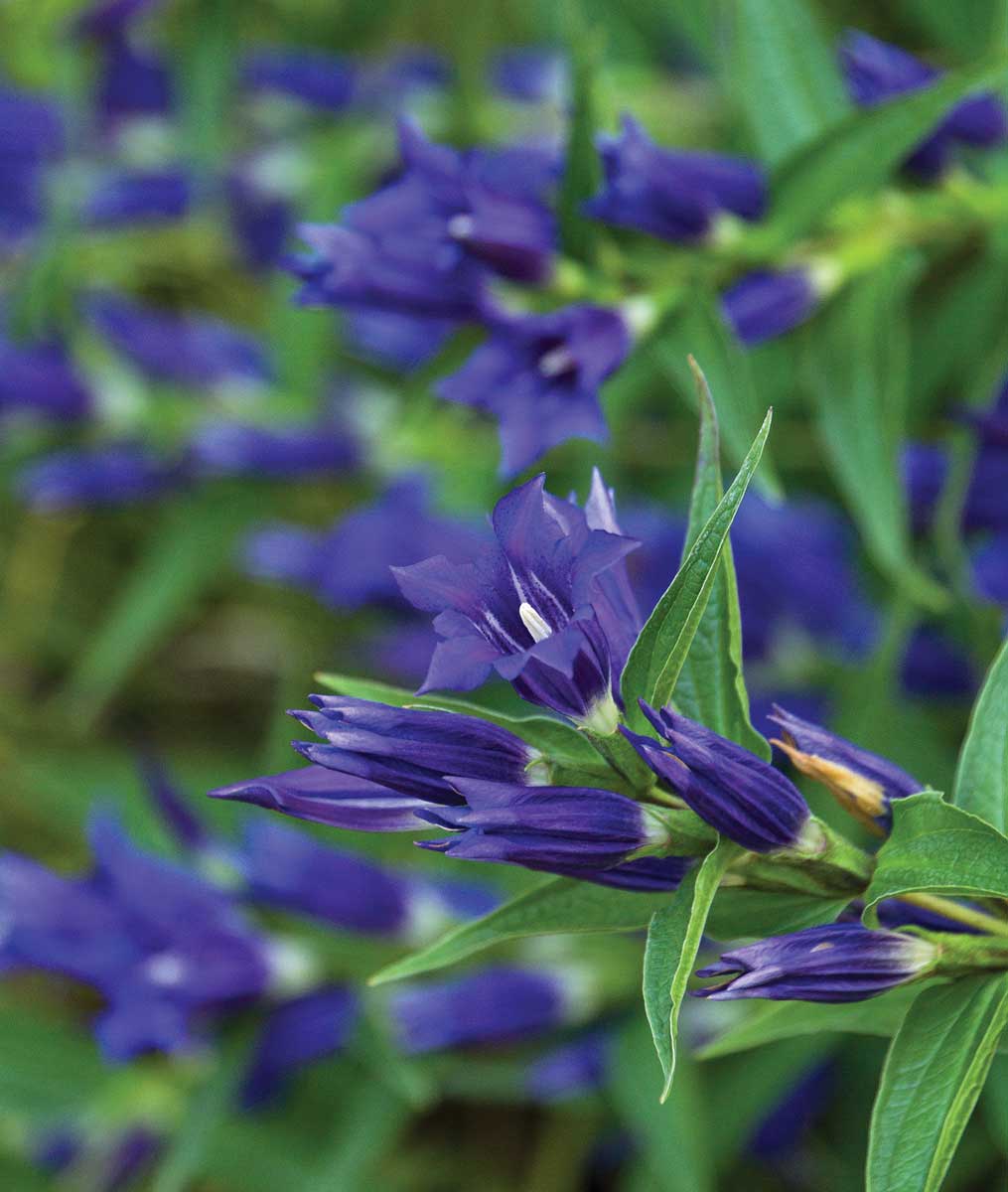
2. Willow Gentian
Name: Gentiana asclepiadea
Zones: 4–8
Size: 2 feet tall and 3 feet wide
Conditions: Full sun to partial shade; fertile, evenly moist, slightly acidic soil
Native Range: Central and Eastern Europe, Asia
Beautiful deep blue funnel-shaped flowers lie elegantly along the arching stems of this undemanding gentian in late summer and early fall. Adjacent to the flowers, lance-shaped leaves, opposite one another or sometimes whorled, adorn the 2- to 3-foot-long stems. The blooms occur most abundantly on the upper portion of the stem. This beauty is native to moist woodlands in mountainous regions and so is happily established in shady gardens with rich, evenly moist but not boggy soil. Just imagine how beautiful the wandlike stems, bedecked with brilliant blue flowers, would look cascading down a slope.
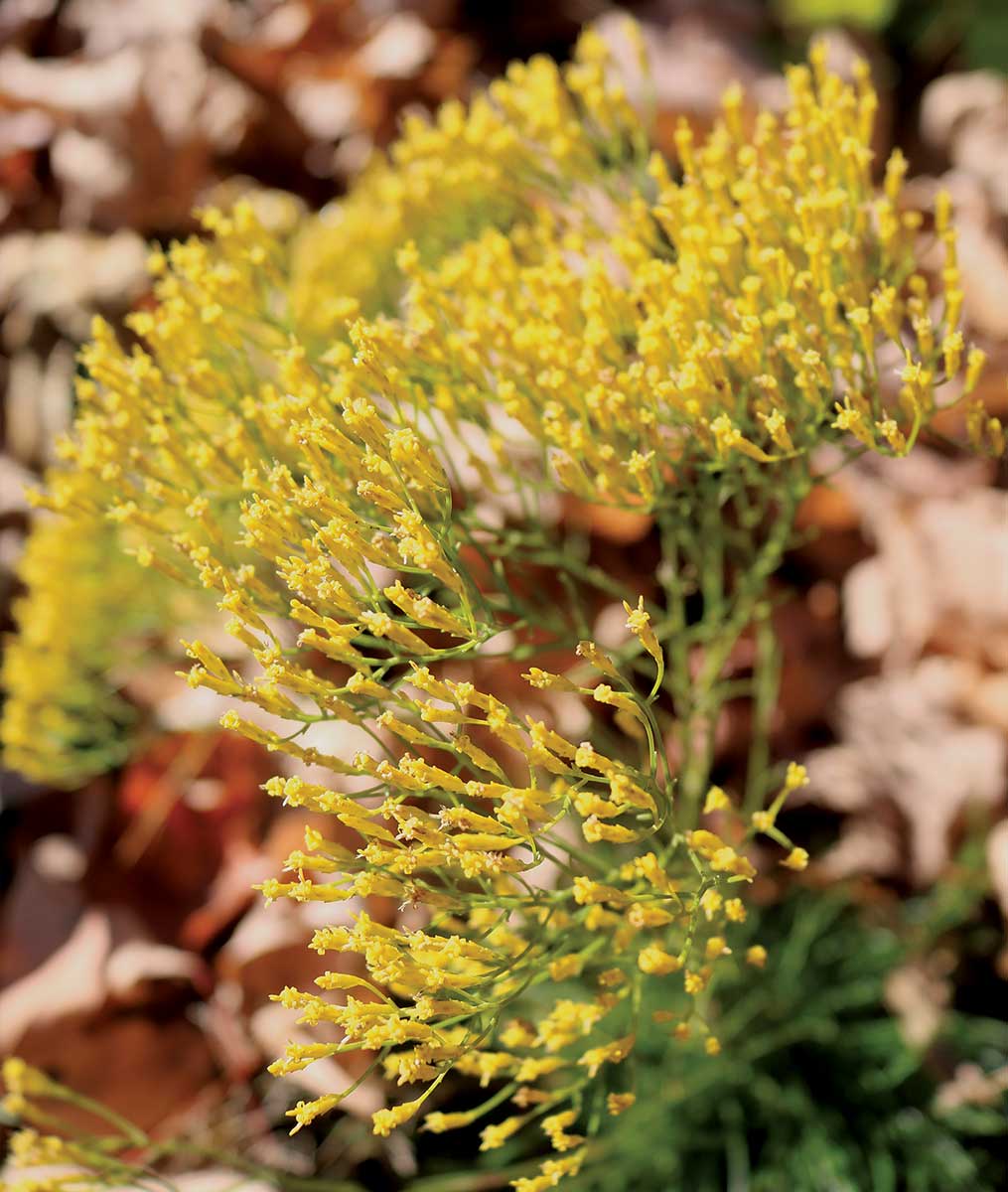
3. Nuttall’s Rayless Goldenrod
Name: Bigelowia nuttallii
Zones: 5–9
Size: 8 to 12 inches tall and wide
Conditions: Full sun; well-drained soil
Native Range: Southeastern United States
Airy clusters of bright golden blooms top the stiff, upright stems of this plant from late September into October. This charming member of the Asteraceae family bears numerous disk flowers held in flat-topped clusters that hover above the grasslike foliage and are quite showy in mass. The blossoming stems bear a few similarly narrow leaves scattered along their length. This unusual native perennial makes a great rock garden or green roof plant, eventually forming mats. Adding bright cheer in autumn and self-sowing where happy, it’s very long blooming and a treasure to late pollinators looking for flowers when little else is available. As a bonus, the stems can be cut and used in floral arrangements as an especially bright filler.
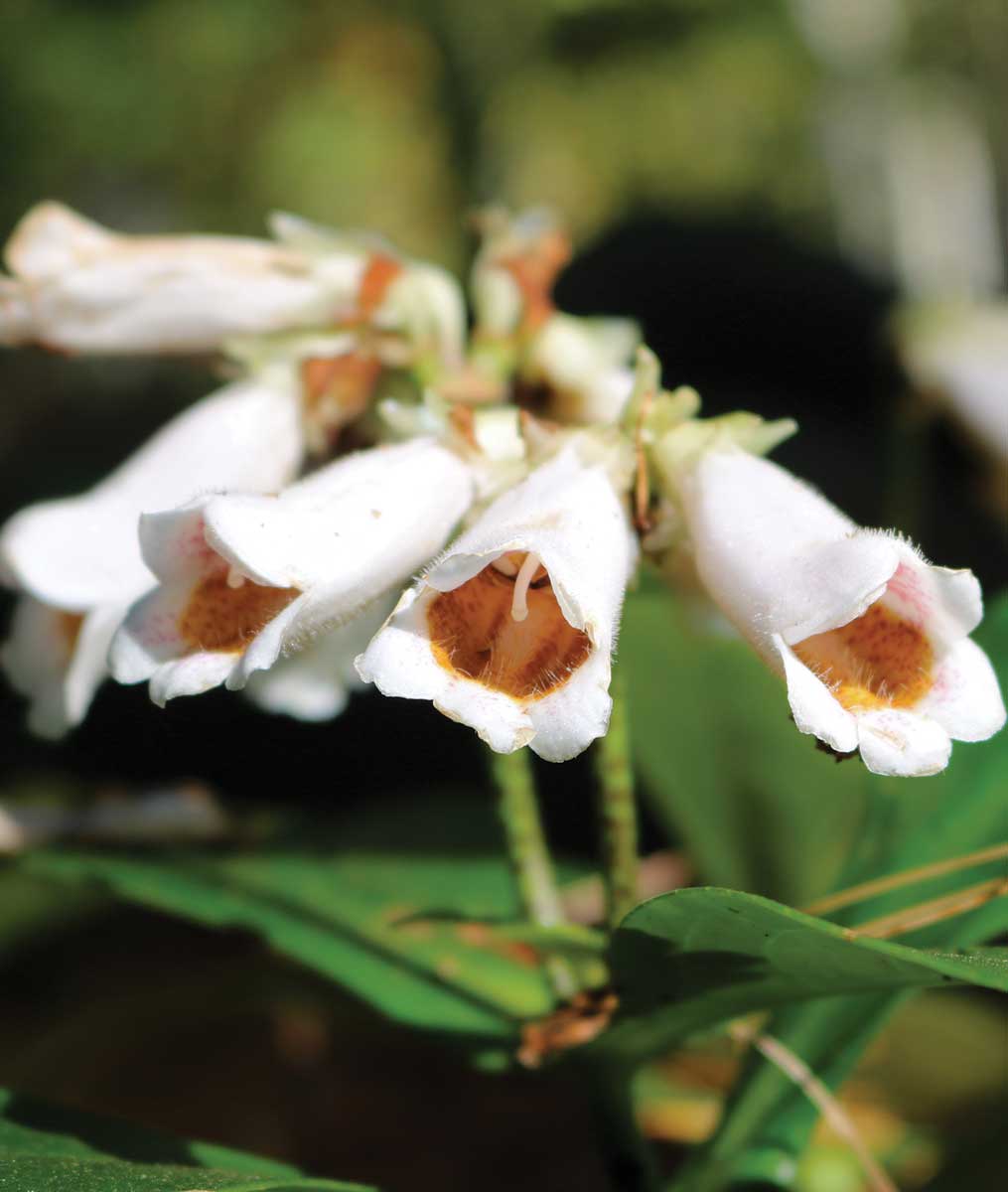
4. False Sinningia
Name: Hemiboea subcapitata
Zones: 6–9
Size: 12 inches tall and wide
Conditions: Full shade; evenly moist, fertile soil
Native Range: China
I first stumbled across this plant on an early fall day in a beautiful shady garden in southern New Hampshire. The glossy green foliage and tubular white flowers with interior purple spots grabbed my attention. What was this enticing vixen with hairy little foxglove-like flowers? My hostess rattled off the awkward name, Hemiboea subcapitata, and revealed that it is in the Gesnereaceae family. What? A hardy member of the African violet family—woah! This unusual plant is by no means mainstream; it is largely only known and grown by garden cognoscenti (those who frequent specialty nurseries, plant society meetings, and botanic garden plant sales), but it is worth seeking out and giving a prime position in dappled shade. Where it is happy it will begin to colonize pleasantly, making your gardening friends both curious and envious.
Joann Vieira is the director of horticulture at The Trustees of Reservations in Massachusetts.


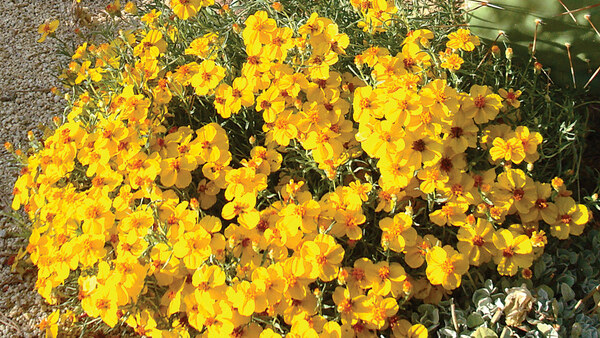














Comments
Log in or create an account to post a comment.
Sign up Log in